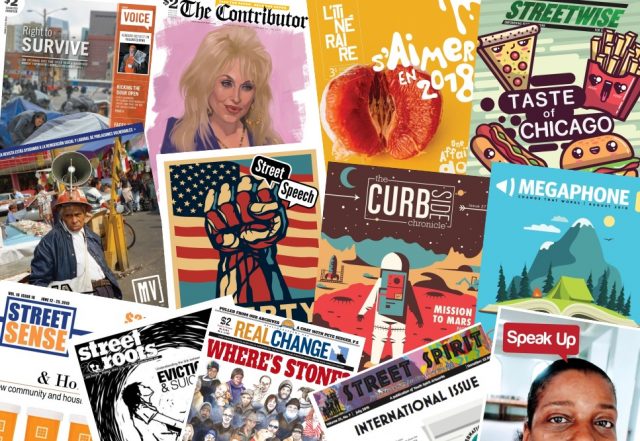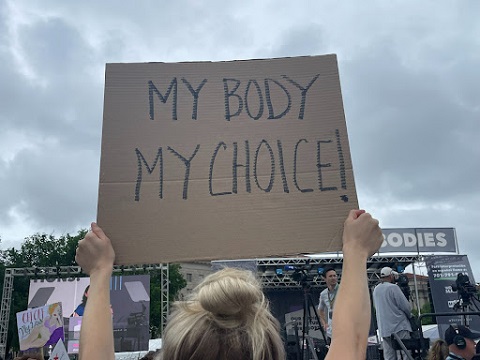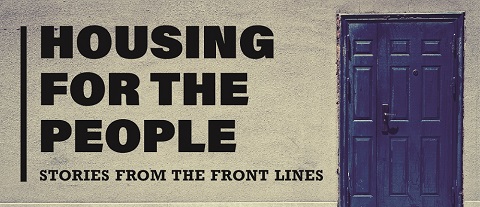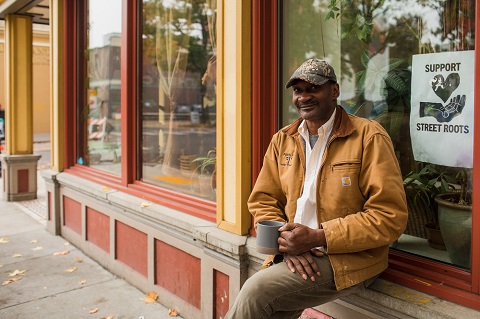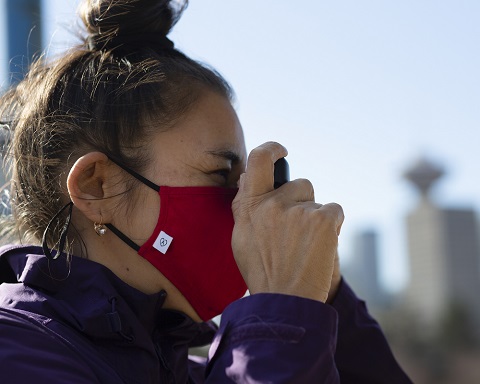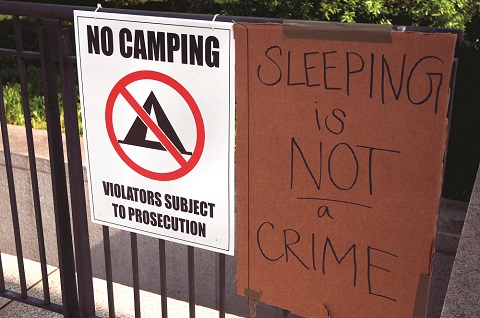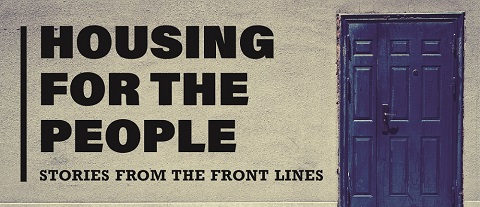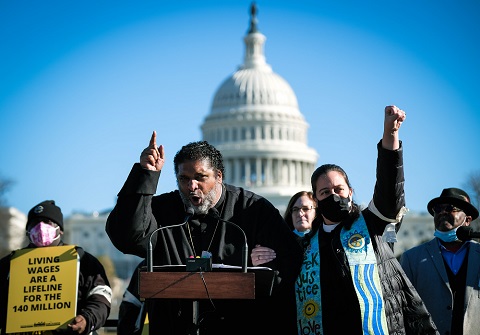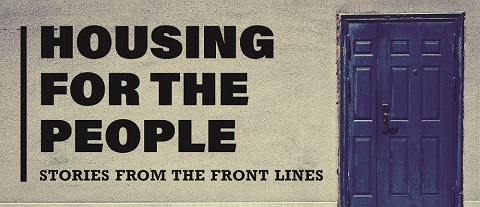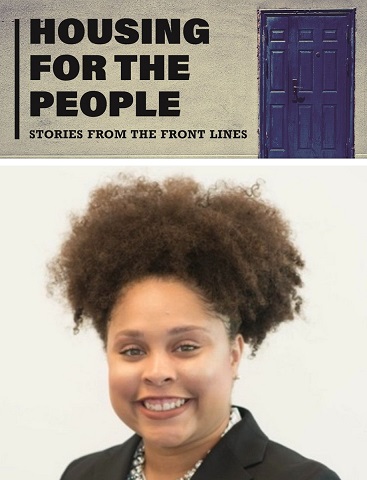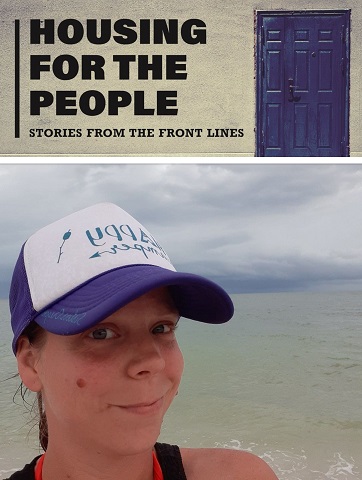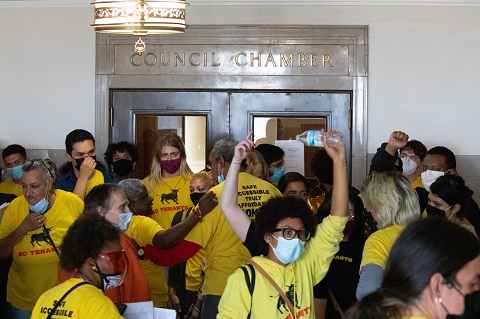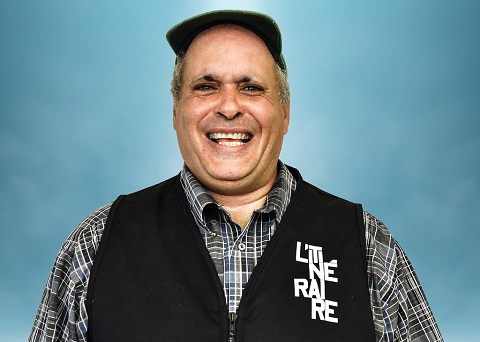By Israel Bayer
The global respiratory disease known as Covid-19, often referred to as the coronavirus, is sweeping its way around the world. The United States is no different. Officials in many regions of the country have already announced a state of emergency — hoping to curb and stop the spread of the virus.
Already the virus has taken the lives of thousands of people around the globe and will surely take more with each passing day. Sadly, the American government, health care systems and overall society is woefully underprepared for such an event. The lack of testing kits and communication about how to get tested in the United States remains a major challenge for health officials. It’s created a perfect storm of unknowns.
What we do know is that American’s homeless population is extremely vulnerable. The virus poses a grave threat to both people with existing medical conditions and the elderly. It’s a recipe for disaster among American’s mass homeless population, many of which are ageing and oftentimes living with a range of already existing health complications.

On any given night there are hundreds of thousands of people experiencing homelessness in America. More than 500,000 to be exact, according to government figures. Nearly 200,000 are families with children. Every year, it’s estimated that more than a million individuals and families will access an emergency shelter and experience homelessness.
More so, tens of millions of low-wage workers are on edge wondering what the future may hold if they can’t access an income. It’s not a cliché to say people are just one or two paychecks away from homelessness in America.
"The COVID-19 outbreak has put the significance of home into stark relief.
Not only in moments of crisis but in general, everybody deserves a place they can stay." @sarahsholder @CityLab @StreetSheetSF #housingjusticehttps://t.co/rzJlaj9SNv
— International Network of Street Papers (@_INSP) March 12, 2020
Currently, both local and federal officials are developing ongoing ways to work with and support people on the streets. This includes offering guidelines and educational tools for non-profits, outreach workers and first responders to support people surviving outside and in emergency shelters.
Many of the guidelines outline information about the virus, steps to take to avoid contact with sick people and what to do if people fall ill. A tall order given the fact that the flu and pneumonia are both common occurrences among the homeless population, especially during the winter months. Being able to differentiate between these realities and what to do about Covid-19 won’t be easy for first responders and health officials, especially given the volume of people living on the streets and limited testing capacity.
Some local communities are being proactive. San Francisco announced this week an emergency $5 million to support expanding emergency shelters hours, increased cleaning in shelters and non-profits and hand washing stations throughout the city. The mayor of San Jose, California called a halt to all evictions and homeless sweeps until the public health crisis is over. In Detroit, the city restored water for people who had their utilities turned off and residents can now sign-up for water services at a reduced rate.

Unfortunately, not every community around the country has the resources and/or political will to prioritize the homeless population and the poor. Leaving many people experiencing homelessness to fend for themselves.
The sad reality is nobody actually knows what would happen given a mass outbreak of Covid-19 among American’s homeless population. If our current federal policies and history serve as an example, most likely many people on the streets will be left to their own devices unless something drastic changes.
During the past decade more than 10,000 people have died without a safe place to call home on the West Coast of America, according to medical examiners reports. Since 2013, more than 5,000 people have died homeless in Los Angeles County alone. Thousands more die homeless every year on the streets nationwide — a portion of which die from natural causes, including the flu and pneumonia. It’s more than a tragedy. There’s no reason to believe things will be different given the current circumstances.
"The @WHO warns of global shortages of protective supplies because of consumer hoarding. It’s indicative of our culture, how surplus is hoarded and luxury protected while thousands of people are denied the most basic of goods." @mkaiasand @StreetRoots https://t.co/lLwRfkgXiu
— International Network of Street Papers (@_INSP) March 11, 2020
What can we do?
Experts have called for a variety of recommendations at a federal, state and local government level. A sampling of these recommendations includes:
- A public plan for disseminating information to people experiencing homelessness, including outreach to encampments, shelters and transitional housing to share information about hygiene stations, testing facilities and health care options for people.
- Increase/develop mobile hygiene stations, including hand washing stations made publicly available in local communities.
- A moratorium on all evictions and home foreclosures.
- Create an emergency assistance fund to support people facing evictions during the public health crisis.
- A moratorium on homeless sweeps, including towing vehicles where people reside.
- Utilities (water, gas, electricity): A no shut off policy for individuals and families who may not have the resources.
- Increased medical support and testing for people inside local and county jails — knowing many people in experiencing homelessness and/or mental health reside in country jails.
- Increase emergency funds for non-profits and organizations working to support people experiencing homelessness.
- Increase support for the production of housing at a local, state and federal level.
We know that the homeless and housing crisis in America today is a direct result of the lack of living wage jobs, access to adequate healthcare and the lack of housing for millions of individuals and families living on a fixed income, or no income at all.
During the past four decades the federal government has disinvested tens of billions of dollars for housing for our most vulnerable citizens — resulting in mass homelessness and an ongoing series of makeshift, complex, and underfunded emergency response plans — operating in a constant state of triage.
COVID-19 Awareness and Response – https://t.co/pgpJHdMIrh
— Denver VOICE (@DenverVOICE) March 11, 2020
For many people living and working on the front lines of homelessness, Covid-19 represents the deadly serious reality that people already live with every single day. It’s also yet another reminder of the gross inequities that already exist on the homeless and housing front.
There is no other option for people on the front lines of homelessness but to carry on, including street papers who are working tirelessly to provide the safest environment possible for people on the streets and the public-at-large.
At the end of the day, it’s up to all of us to rise above. That means remaining educated on the issue, and yes, washing our hands. It means keeping an eye out for the people around you. It means finding empathy for others in the larger community, including people on the streets. It means coming together and working to make our world a better place, regardless of circumstance. We must fight on.
For more information about policy recommendations:
http://www.streetsheet.org/what-if-you-cant-stay-home/
National Low-Income Housing Coaliton:
https://nlihc.org/sites/default/files/Response-to-Corona.pdf
Transformative Spaces:
https://transformativespaces.org/2020/03/04/demands-from-grassroots-organizers-concerning-covid-19/
Israel Bayer is director of INSP North America.
Street papers can access INSP’s Covid-19 resources here.




